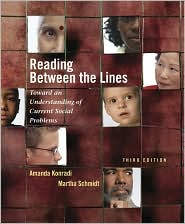
Interesting (but boring and strenuous) activity in a library--i.e., familiarization with the library collection--is always a challenge, both for old and new staff. One way to do is shelf-read, read the shelves and what lies between the shelves.
Said Rochowiak" "Shelf reading is very important. If one book is misfiled it is lost to the library," [
source]
Rebecca said: "I am all about librarians getting out in the stacks. How else do you know what your patrons see? How else would you know that your collection needs weeding and/or shifting? There is no better way to get to know your collection than by getting in there and getting your hands on the books. I think this is one of the reasons I love weeding so much." [
source]
Senior librarians must consider newer ways of shelf-reading, as well design better (challenging) guides to library orientation--in order to inspire new staff / volunteers (familiarize with the library's collections).
Extracts from a librarian blogger's post,
Miss Information is not feeling challenged:
Instead of actual assignments, the recent recruit spends time “getting to know the collection”...
...There were a couple of people who actually needed help—one woman needed the ESL section and another asked where the French books were. Miss Information was useless here though because she hasn’t gotten to know the collection that well yet.
On the same shelf:
Reading between the Shelf - Thought for the day
Multifaith Stacks: Reading Between the Shelves
Shelf reading quote, from a survey, 'Librarians and Shelf-Studying Print Collections': "Shelf reading is still a valid technique for reference training and awareness of scope of materials at hand." See also: Online Shelf-Studying and LibrariansLabels: Reading, Reference Sources, Shelf



